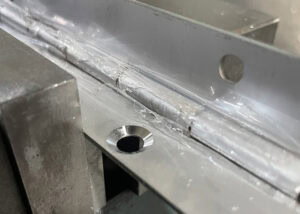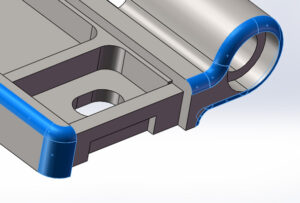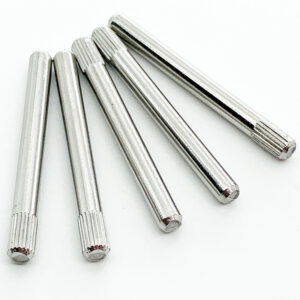Have you ever paid attention to the difference between piano hinges and regular hinges? Hinge products are used in both the furniture sector and the industrial sector. But today we will only discuss the difference between piano hinges and ordinary hinges in the industrial field.
Piano hinges provide a continuous and strong connection throughout their length. Regular hinges are much more versatile and are commonly used in a variety of everyday applications. A piano hinge is a long, continuous hinge. It provides a seamless and strong connection along the entire length of the two connecting surfaces. In contrast, a regular hinge consists of two separate sections joined together. They are commonly used for doors and cabinets.
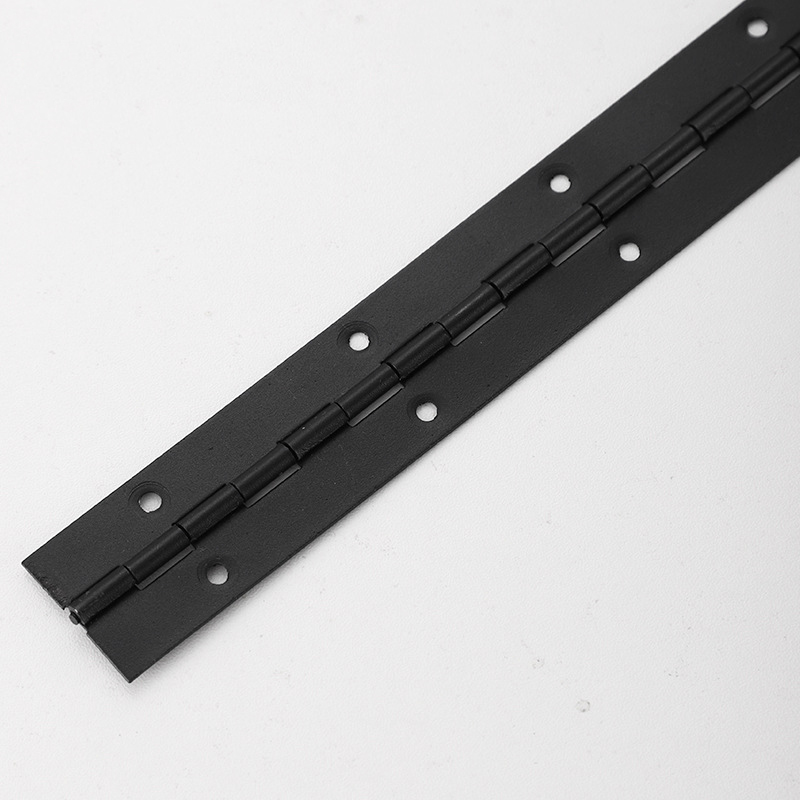
If you want to learn more about the differences between piano hinges and regular hinges, read on.
What is a Piano Hinge?
Let’s start with the basics. A piano hinge, also known as a continuous hinge, is a long, slender hinge that runs the full length of the two surfaces it connects**. It is named so because it resembles the hinge found on a piano lid. This type of hinge is typically used on large doors, cabinets, and other applications where a seamless and strong hinge is required. Unlike regular hinges that consist of multiple individual knuckles, the piano hinge has a continuous appearance with interlocking knuckles.
How Do Piano Hinges Work?
Piano hinges work by distributing the weight and stress evenly along their entire length**. When the hinge is installed, it provides consistent support along the entire door or panel, resulting in smooth and stable movement. The even weight distribution prevents any localized stress points, reducing the risk of hinge failure and increasing the longevity of the hinge and the attached components.
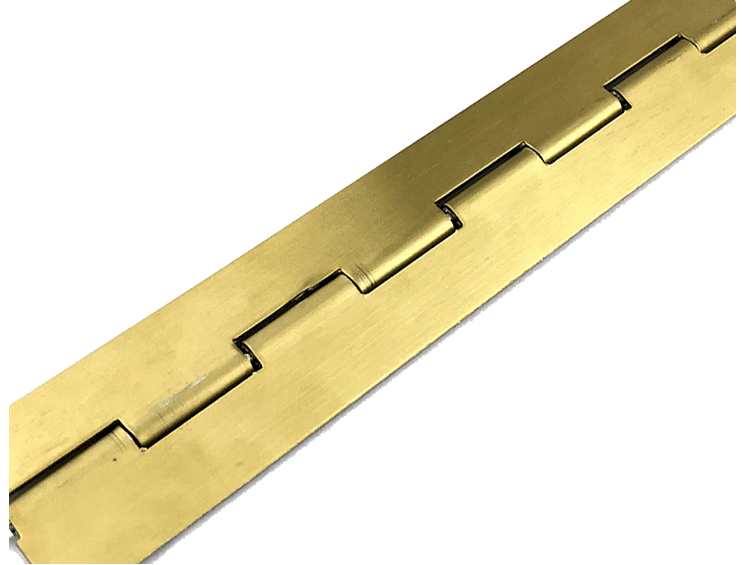
What is the Biggest Difference Between Piano Hinges and Regular Hinges? Now, let’s dive into the key differences between piano hinges and regular hinges.
Difference in Stability
The most significant difference between the two hinges lies in their stability**. Piano hinges offer superior stability due to their continuous design. Since they run the full length of the door or panel, they provide excellent support and prevent sagging or misalignment over time. Regular hinges, on the other hand, may have multiple knuckles and can be prone to wear and tear at these points, leading to potential stability issues.
Difference in Use
While piano hinges are commonly used on large and heavy doors or panels, regular hinges are more versatile and can be used in various applications**. Regular hinges come in different sizes and designs, making them suitable for cabinets, doors, windows, and more. However, if you have a large, heavy door or a lid that needs full-length support, a piano hinge would be the ideal choice.
Difference in Installation
The installation process also differs between piano hinges and regular hinges**. Piano hinges are usually installed using screws or rivets along the full length of the hinge, ensuring a secure and stable connection. Regular hinges, depending on their design, may require fewer screws and can be quicker to install. It’s important to consider the installation process when choosing the right hinge for your specific needs.
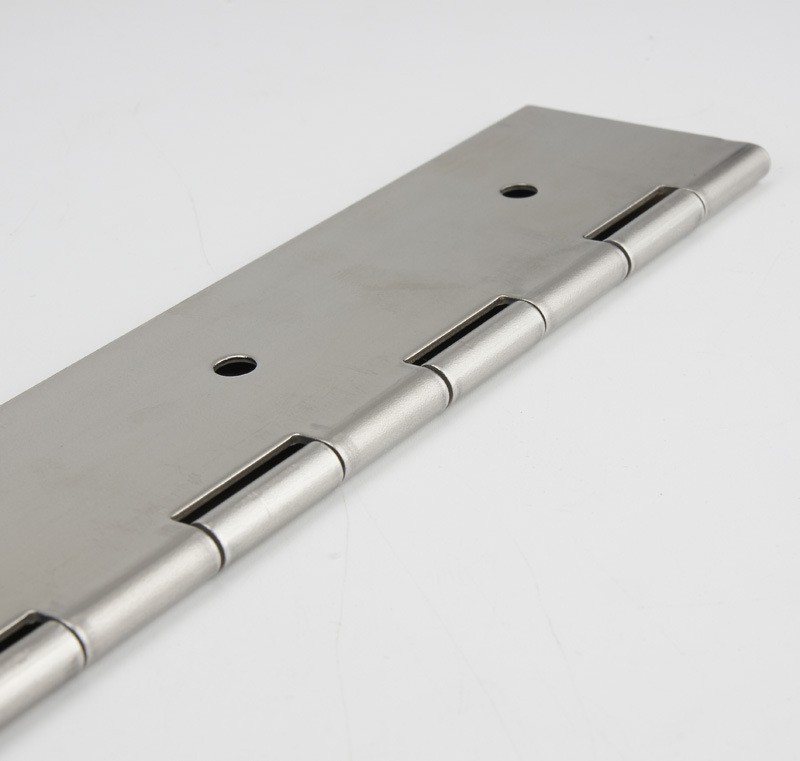
Difference in Material
Both piano hinges and regular hinges come in various materials, but piano hinges are often manufactured from heavier-duty materials like stainless steel or brass to handle larger loads and ensure durability over time. Regular hinges may come in a wider range of materials, including steel, brass, bronze, and even plastic, to suit different applications.
More Related Questions
Q: Can piano hinges be customized to specific requirements?
A: Absolutely! At IHINGES, we specialize in providing first-class products, including customized industrial hinges. Our skilled professionals can tailor piano hinges to meet your specific needs, offering features like different materials, sizes, and finishes.
Q: How do I choose the right hinge for my project?
A: Selecting the appropriate hinge depends on various factors, including the application, load-bearing requirements, material preferences, and aesthetics. Our team at IHINGES is always ready to assist you in choosing the perfect hinge for your project.
Q: Are piano hinges suitable for small-scale applications?
A: While piano hinges are commonly used in larger applications, they can also be utilized effectively in smaller projects, providing the seamless, unobtrusive appearance that they are known for.
Conclusion
In conclusion, understanding the differences between piano hinges and regular hinges is crucial for making an informed decision when selecting the appropriate hinge for your project. While regular hinges are versatile and widely used, piano hinges shine in applications that demand stability, load-bearing capabilities, and a consistent, seamless design.

